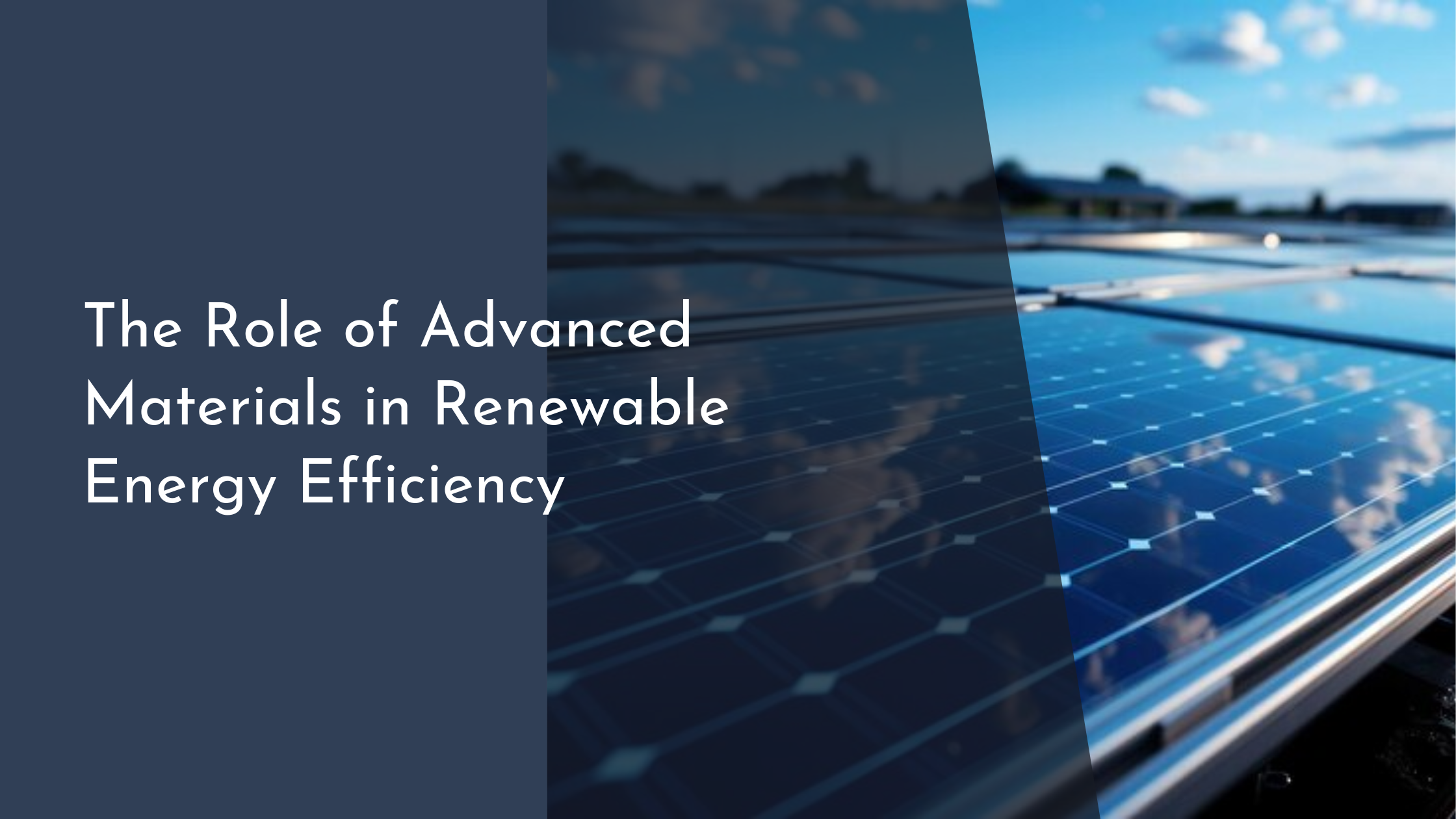The Role of Advanced Materials in Renewable Energy Efficiency
As the urgency to transition to renewable energy sources escalates, the quest for improving energy efficiency is taking center stage. At the heart of this transformation lies the development of advanced materials, which are paving the way for more efficient and cost-effective renewable energy technologies. This article explores the pivotal role that these innovative materials play in enhancing solar and wind energy systems, two of the leading renewable energy sources today.
Innovations in Advanced Material Technologies
The field of advanced material technologies has witnessed a surge of innovations, fundamentally altering how renewable energy systems are designed and utilized. These materials are engineered at the molecular level to exhibit specific properties, such as enhanced conductivity, improved strength, and reduced weight, which make them ideal for energy applications. Nanotechnology, in particular, is making significant strides by creating materials that can operate under extreme conditions, improving the durability and performance of renewable energy systems.
One of the most promising areas of innovation is the development of metamaterials, which can manipulate electromagnetic waves in unprecedented ways. These materials are being used to create highly efficient energy collectors and converters, allowing for superior energy capture from renewable sources. By harnessing these cutting-edge materials, researchers are pushing the boundaries of what is possible, setting new benchmarks for efficiency and sustainability in the energy sector.
Enhancing Solar Energy with Cutting-Edge Materials
Solar energy, a cornerstone of the renewable revolution, is greatly benefiting from the introduction of advanced materials. Perovskite solar cells, for instance, represent a breakthrough in solar technology due to their high efficiency and low production costs. These materials have the unique ability to absorb sunlight across a wide spectrum, converting it into electricity more effectively than traditional silicon-based cells. As research advances, perovskite cells are expected to become a mainstay in the solar industry, making solar power more accessible and affordable.
Moreover, the use of quantum dots in solar cells is another exciting development. These nanoscale semiconductor particles have the extraordinary capability to improve the absorption and conversion of solar energy. By tuning the size of quantum dots, scientists can optimize the efficiency of solar panels, leading to significant gains in energy output. As these technologies continue to evolve, they hold the potential to revolutionize solar energy efficiency, contributing to a cleaner and more sustainable future.
Wind Energy Gains Momentum with New Materials
Wind energy systems are also experiencing transformative changes thanks to advanced materials. High-strength, lightweight composites are now being used to construct turbine blades, enabling them to withstand harsh environmental conditions while maintaining optimal performance. These materials not only enhance the durability and longevity of wind turbines but also allow for the construction of larger blades, which can capture more wind and generate more power.
Additionally, the development of superconducting materials is set to revolutionize wind turbine generators. Superconductors have the ability to conduct electricity with zero resistance, which means that they can drastically reduce energy losses during electricity generation and transmission. By integrating these materials into wind energy systems, the overall efficiency and output of wind farms can be significantly boosted. This progress in material technology is propelling wind energy toward a more prominent role in the global energy mix.
The ongoing advancements in advanced materials are shaping a new era of renewable energy efficiency. From enhancing solar cells to fortifying wind turbines, these materials are the cornerstone of a sustainable energy future. As research and development in this field continue to accelerate, the potential for even greater innovations grows, offering a bright future for renewable energy. With each breakthrough, the vision of a cleaner, greener planet becomes more tangible, promising not only environmental benefits but also economic and social advantages for generations to come.

